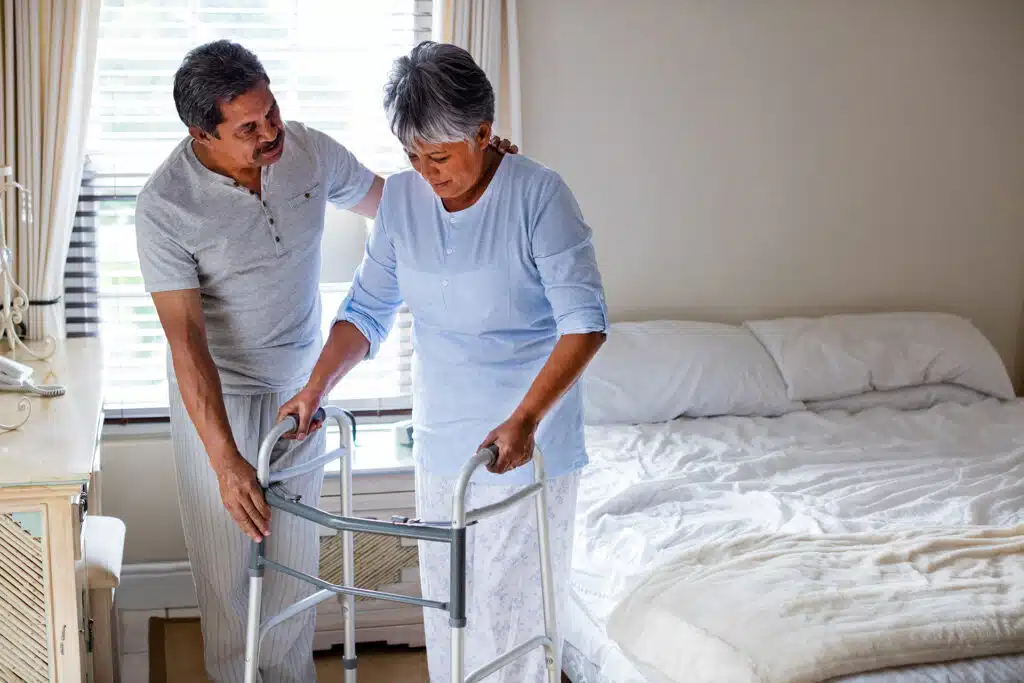Every year on October 29th, the world recognizes World Stroke Day to raise awareness about stroke prevention, treatment, and recovery. Strokes are one of the leading causes of death and long-term disability worldwide, affecting nearly 1 in 4 adults during their lifetime.
In 2025, the theme emphasizes not just prevention but also recovery and the critical role of supportive home healthcare. With the right knowledge, care, and resources—including practical stroke recovery tips—survivors can rebuild independence and improve quality of life.
A stroke occurs when blood flow to part of the brain is interrupted or reduced, depriving brain tissue of oxygen and nutrients. Within minutes, brain cells begin to die.
Types of strokes include:
Ischemic Stroke (caused by a blood clot, the most common type)
Hemorrhagic Stroke (caused by a ruptured blood vessel)
Transient Ischemic Attack (TIA), often called a “mini-stroke,” serving as a warning sign
The effects of a stroke can vary—speech difficulties, weakness or paralysis, memory issues, and mobility challenges are common. Early intervention saves lives, while recovery depends on consistent therapy, family support, and often home healthcare services.

While strokes can be sudden, many risk factors are preventable through healthy lifestyle changes. Important prevention strategies include:
Control Blood Pressure: Monitor and manage high blood pressure with diet, medication, and exercise.
Maintain a Healthy Diet: Limit salt, sugar, and processed foods; eat fruits, vegetables, and lean proteins.
Stay Physically Active: Regular activity improves circulation and reduces stress.
Avoid Smoking and Limit Alcohol: Both significantly increase stroke risk.
Monitor Health Conditions: Diabetes, high cholesterol, and heart disease must be properly managed.
On World Stroke Day, sharing prevention education saves lives—small changes can significantly reduce risks.
Recovery after a stroke is a long journey that requires patience, persistence, and support. Every survivor’s path looks different, but core needs remain the same.
Engage in Regular Therapy: Physical, occupational, and speech therapy rebuild strength, coordination, and communication.
Practice Mobility Exercises: Even small, guided movements prevent stiffness and boost independence.
Prioritize Mental Health: Emotional healing is as important as physical—counseling or support groups help with depression and anxiety.
Adapt the Home Environment: Safety features like grab bars, ramps, and clear pathways prevent falls.
Focus on Nutrition: Balanced meals fuel healing and brain recovery.
Stay Socially Connected: Engaging with family and community reduces isolation and boosts motivation.
These stroke recovery tips help survivors progress step by step, fostering both physical and emotional resilience.
For many stroke survivors, hospital stays are only the beginning. Recovery truly continues at home, where supportive care makes all the difference.
Home healthcare providers offer:
Skilled nursing care to monitor health progress
Medication management and reminders
Rehabilitation exercises guided by trained professionals
Emotional support and encouragement
Education for families on caregiving techniques
This personalized care ensures that survivors feel safe, supported, and empowered during their recovery.
Stroke doesn’t only affect survivors—it also transforms the lives of caregivers. Support for family caregivers is essential to prevent burnout and ensure effective long-term care.
Ways caregivers can thrive:
Seek respite care to rest and recharge
Join support groups for encouragement and advice
Stay educated on stroke recovery tips and resources
Build a support network of healthcare professionals and community services

On October 29, 2025—World Stroke Day, let us unite to raise awareness about stroke prevention, treatment, and recovery. By adopting healthier lifestyles, sharing stroke recovery tips, and embracing the role of supportive home healthcare, we can give survivors the strength and dignity they deserve.
Every life touched by stroke has the potential for recovery—and with compassion, patience, and the right care, healing truly begins at home.